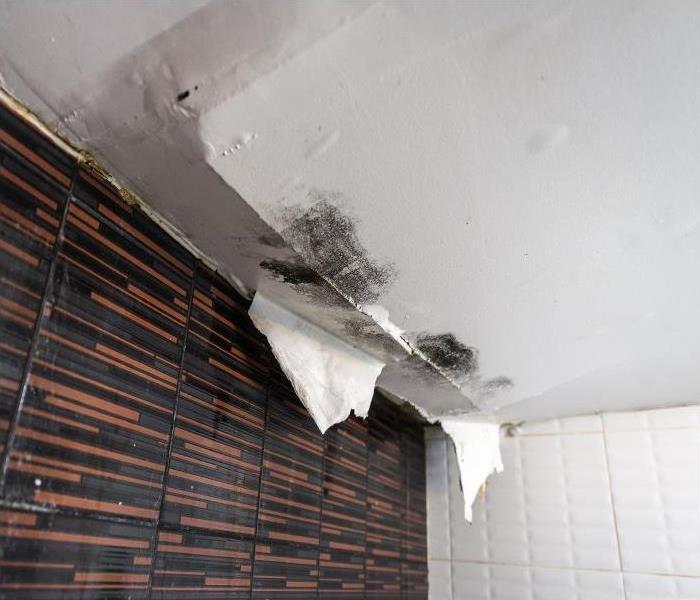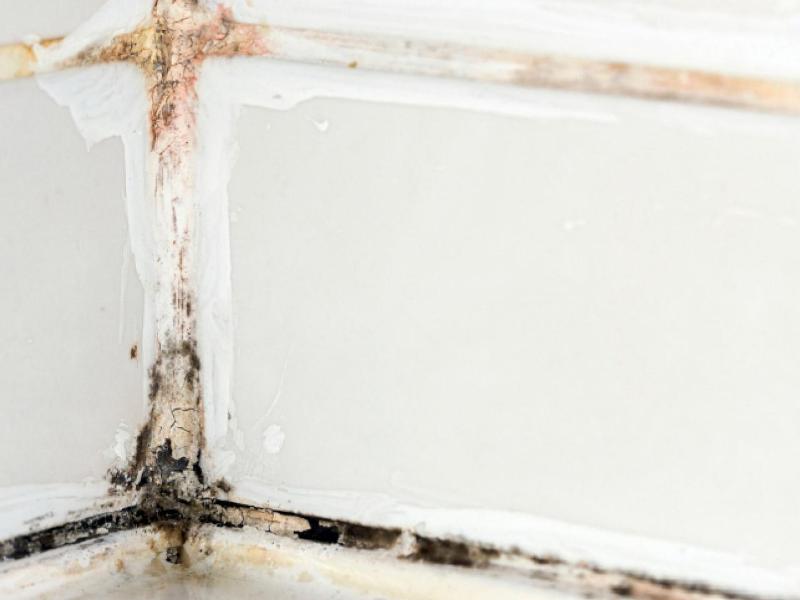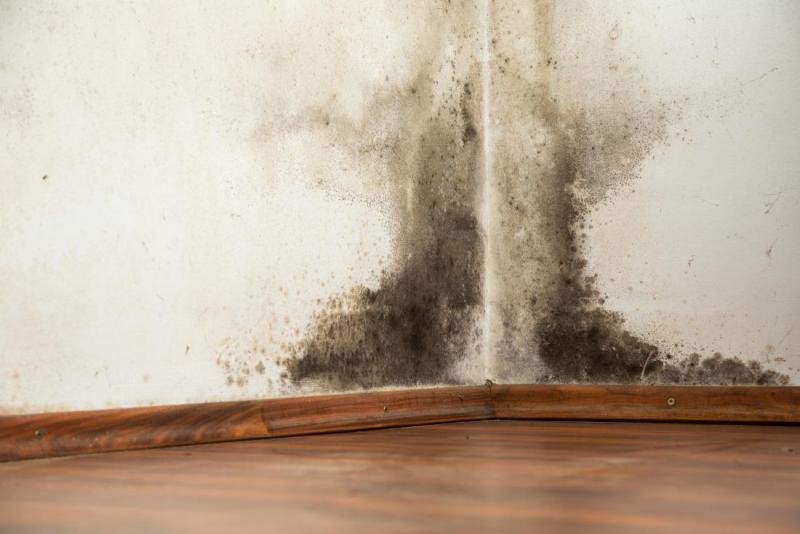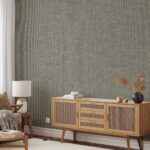Mold growth in your home is a serious problem. Mold can start to grow on damp surfaces within 24 hours. Molds usually grow where there is moisture. They grow on paper products, wood products, ceiling tiles, clothing, shoes, wallpaper, heating, and air-conditioning systems, fabric, upholstery, insulation, and carpet. Since molds digest organic materials, they eventually destroy the surface that they grow on. They also spread and destroy the organic material that’s adjacent to it. Molds also cause a variety of health problems.
Effects of Mold

Health problems associated with exposure to molds often occur in people who have inhaled large quantities of mold. However, all exposure to molds, regardless of the quantity and frequency of exposure, can adversely affect human health. Several pieces of research have revealed that exposure to damp and moldy environments can cause nasal stuffiness, wheezing, skin irritation, coughing, and eye irritation. The effects are especially severe to people with mold allergies. The Institute of Medicine (IOM) has linked exposure to mold to cough, shortness of breath, and symptoms of upper respiratory tract infection. The institute has even found evidence of the development of asthma in susceptible individuals.
Water Damage Leads to Mold
Water damage leads to mold growth. Water damage is caused by any one of these factors:
- Roof leaks
- Plumbing issues
- Sewage back-up due to flooding
- Flooding in the basement or ground floor
- Bathroom or kitchen sink overflow
- High humidity due to dryer vents, humidifiers, or steam cooking
- Please call a water damage restoration service to handle any water damage restoration needs.
Eliminating Molds

Mold growth can cause further damage, so it is best to deal with it as soon as possible. The source of moisture should be eliminated in order to effectively deal with the mold problem in the home. How does one know for sure if there is mold in the home? If the walls or ceilings are discolored and there is visible mold, that is usually the first indication of mold presence. The next step is to find the source of water damage. Next, homeowners should check if the smell that emanates from the area that’s infested with mold is musty. The problem is in its advanced state if there is a foul stench.
Although homeowners can resort to do-it-yourself measures, it is best to leave the job of removing mold to professionals who know what they’re doing and who will surely do a thorough job. Homeowners may not have all the know-how or equipment needed to do the job. For instance, reputable companies such as 911 Remediation San Francisco Experts ensure a safe and reliable water damage repair and mold removal service. Homeowners who need help with mold removal can schedule an in-home consultation with a professional.
Preventing Mold
The best measure to eliminate molds in the home is to prevent it from happening. Mold can be controlled through the following means:
- Fixing leaky room, pipes, and windows
- Controlling humidity levels
- Using ventilation on shower, laundry, and cooking areas
- Cleaning and drying after flooding
- Add mold inhibitors to paints before painting surfaces
- Remove carpets and upholstery that have been soaked
- Clean bathrooms using mold-cleaning products.






